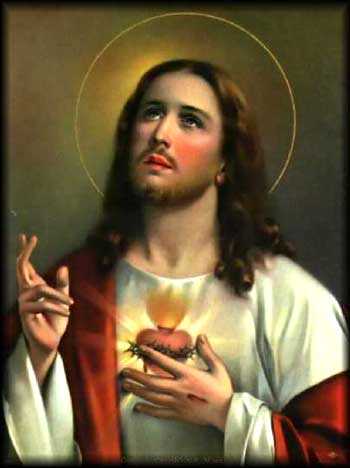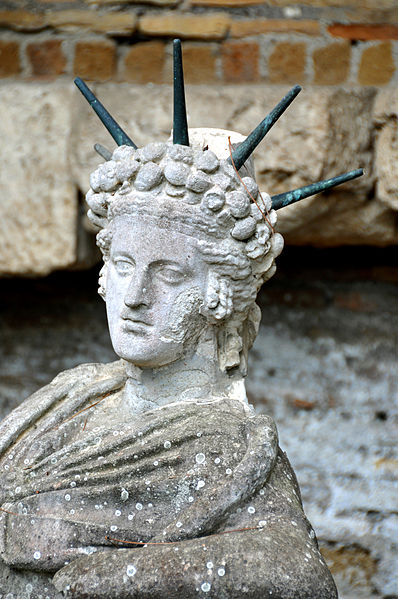It has been argued that Easter, as with Christmas, has roots in European Paganism – the fertile ground that served Christianity so well as it put down roots across the continent.
The exact origin of the word Easter is unknown. Some sources claim that the word is derived from Eostre, a goddess in Germanic Paganism of spring and fertility. Others claim to trace Easter to the Latin term hebdomada alba, a reference to both Easter week and the white clothing worn by people baptized at that time (it also carries the meaning “sunrise”). In Spanish, Easter is known as Pascua, derived from the Greek and Latin Pascha for passover.
The northern-hemisphere spring is, of course, celebrated by different cultures in different ways. In the Common Era, Easter is held to memorialise the death of Jesus Christ and his resurrection on the third day, also known as Easter Sunday, one of the most important celebrations of the Christian year. Many Western countries include Good Friday and Easter Sunday in their calendar of public holidays – and some, like South Africa, even celebrate Easter Monday.
Christianity’s Easter season also includes Lent, a forty-day fasting period that starts on Ash Wednesday and runs until Maundy Thursday (the day of Jesus’s last supper). The period represents the 40 days that Jesus spent alone in the wilderness before starting his ministry. The day before Lent is known as Shrove, or Fat Tuesday. It is celebrated as a last day of feasting and fun before lent.
Rabbits and brightly colored eggs have become an integral part of Easter – especially its commercial side. The Easter egg is not only a source of sugary delight for adults and children alike, but can also be seen as a symbol of life and resurrection. The Easter Bunny, meanwhile, started appearing in association the Easter egg from the 16th century. The bunny, a peculiar symbol, was mentioned in biblical interpretations of the gospels in the form of a hare as part of the fasting ritual of Lent. The first mass-distributed forms of the Easter Bunny were recorded in the 19th century; the symbol is thought to have been commercialised in Germany.
In Paganism, Attis, the god of fertility, was born of a virgin and died and was reborn annually. The Pagan festival is celebrated the day after the Spring Equinox and began as a day of blood on Black Friday and was followed by a day of rejoicing over the resurrection. During this time, Wiccans and other modern-day Neopagans can be seen jumping over the dying embers of a bonfire, which is believed to assure fertility of people and crops.






Thank you for your article on the traditions surrounding Easter. Christians are generally unaware of the source of their religious traditions such as Easter and Christmas.
The book “The Two Babylons or The Papal Worship” by The Late Rev. Alexander Hislop researches pagan rites and their acceptance into the Christian religion.
Marie